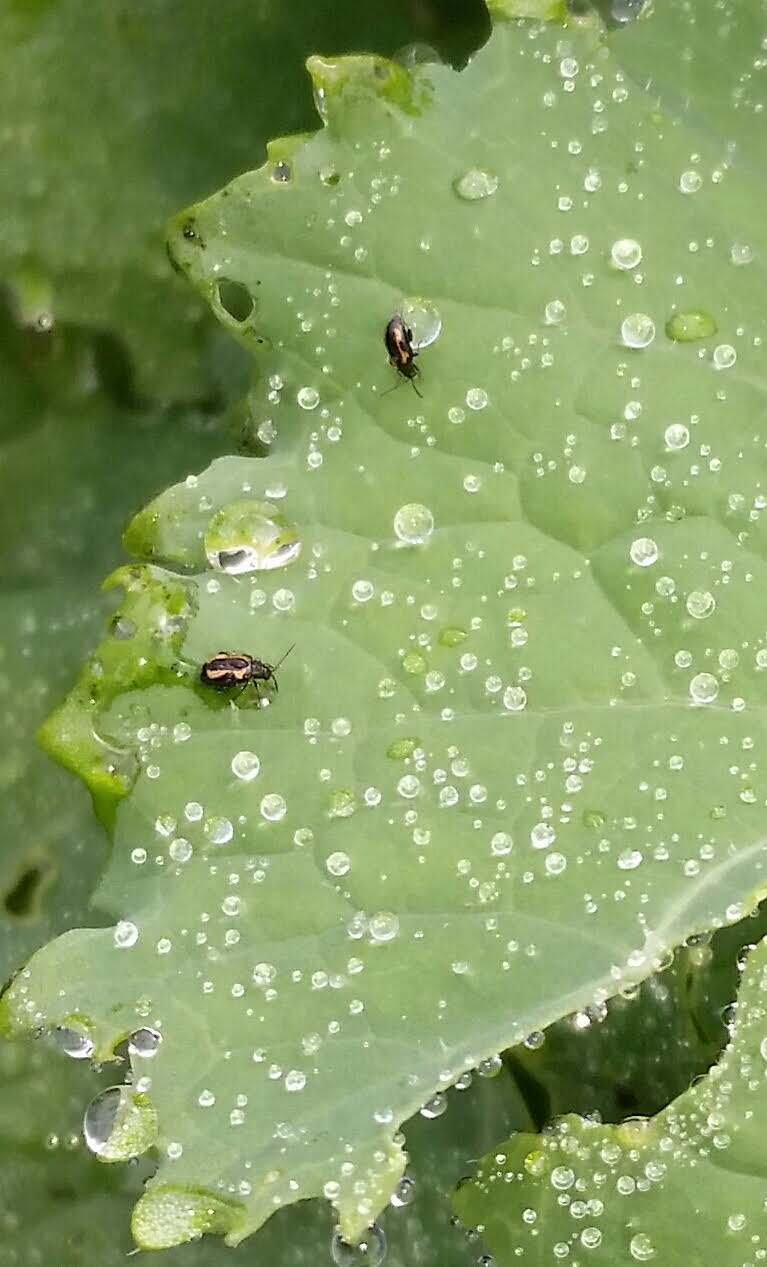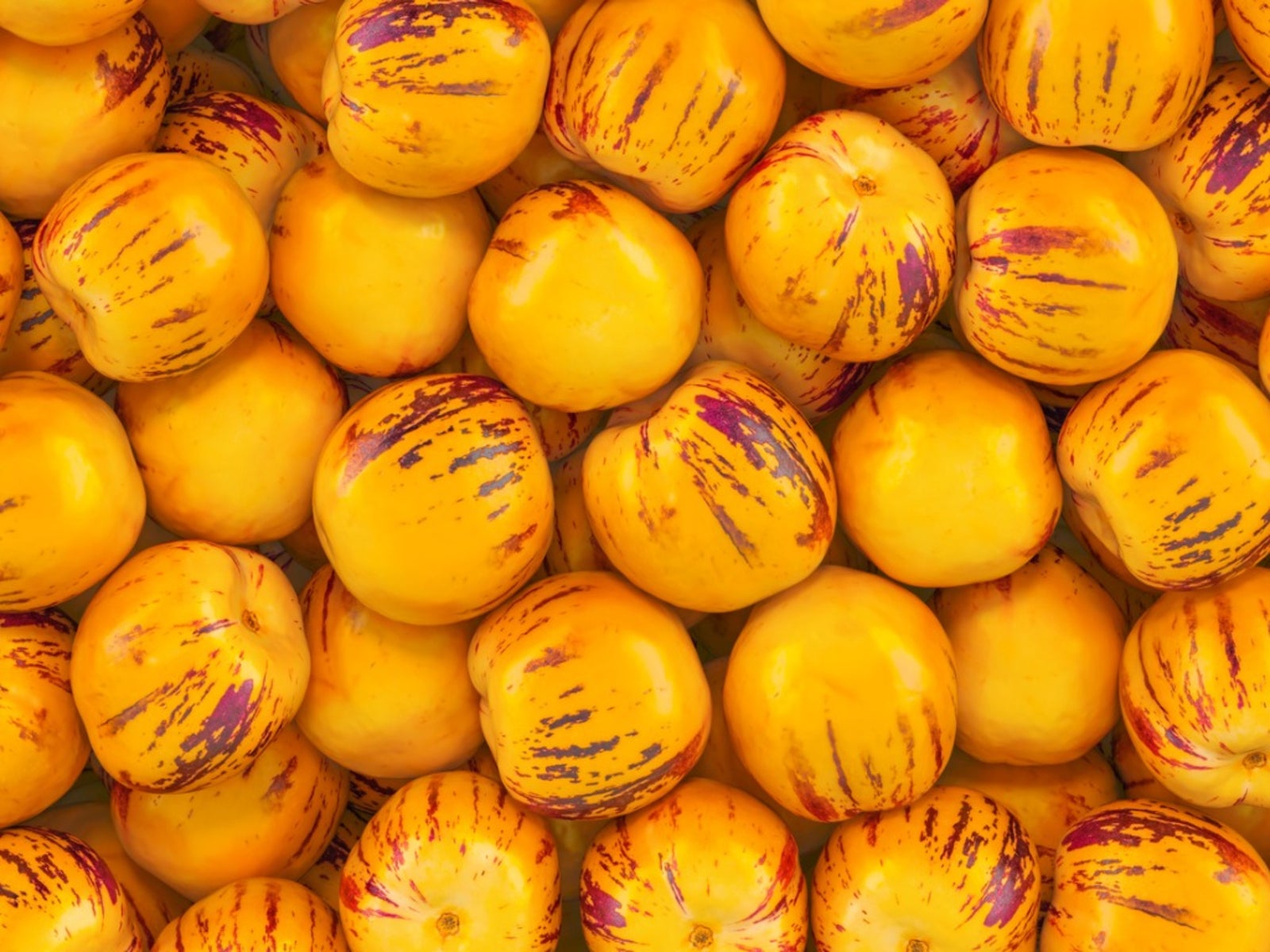What Is Eating My Pepino Melon: How To Get Rid Of Pests On Pepino Melon

If you are growing pepino melons, as with any crop, you may be having some trouble with pepino melon pests and wondering “what’s eating my pepino melon?” With their sweet, pleasant flavor, it’s no wonder that pests are frequent visitors on these melons, but you need to identify them in order to treat them. Read on for help with that.
What is Eating My Pepino Melon?
A relative rarity in the United States, but attaining some popularity, is the pepino melon. Native to the Andean region of South America, these small fruit are not actually melons at all but members of the nightshade family. Thus, the insects that feed on pepino melons are generally those that feed on members of the Solanaceae family, which includes tomatoes, potatoes, and eggplant. Pepino melons are delicious with a taste like honeydew melon and cantaloupe. Popular in New Zealand, Australia, and Chile this warm season plant can survive short periods of temps down to 28 degrees F. (-2 C.) and with its small size thrives in containers. This means that it can be grown in a broader area since the plant can be protected or taken indoors or in a greenhouse when temperatures take a nose dive. Technically, pepino melons are perennials, but they are usually grown as annuals due to their sensitivity not only to cold temps but to diseases and pests as well. As mentioned, insects that feed on pepino melons are also those attracted to other Solanaceae family members. So if you are looking for information on pepino melon pests, look no farther than those drawn towards eggplant, tomatoes, and potatoes. Pests likely found on pepino melon may include:
Fruit flies love pretty much everything and pepinos are no exception. Pepinos grown in greenhouses are particularly susceptible to attack from aphids, spider mites, and whiteflies.
Preventing Pests on Pepino Melon
As with anything, a healthy plant is more likely to withstand a mild insect or disease attack. Plant pepino melon in full sun to partial shade in a frost free area that is sheltered from wind, ideally next to a southern exposure wall or on a patio. Plant pepino melons in fertile, well-draining pH neutral soil (6.5-7.5). Mulch around the plants to suppress weeds and retain moisture. Debris and weeds may harbor insects, so it is important to keep the area around the pepinos free from them. Pepinos can be trained to grow up a trellis to maximize garden space. The plant’s root system is spread out and shallow, so pepino melons are sensitive to moisture stress and not at all drought tolerant. This means you should water regularly. Prior to transplanting, amend the soil with some well-rotted manure a few weeks in advance. Thereafter, fertilize as you would a tomato with a 5-10-10 fertilizer as needed. If the plant is being trained on a trellis, then some light pruning is in order. If not, there is no need to prune. To prune the plant, treat it as a tomato vine and prune only to open the plant up to light, which will help increase the size and quality of the fruit as well as making harvesting easier.
Gardening tips, videos, info and more delivered right to your inbox!
Sign up for the Gardening Know How newsletter today and receive a free copy of our e-book "How to Grow Delicious Tomatoes".

Amy Grant has been gardening for 30 years and writing for 15. A professional chef and caterer, Amy's area of expertise is culinary gardening.
-
 Get Ready For A Summer Of Hummers! Grow These Full Sun Hummingbird Plants and Flowers
Get Ready For A Summer Of Hummers! Grow These Full Sun Hummingbird Plants and FlowersIf you’re lucky enough to enjoy a sunny backyard, make sure you are maxing out on your pollinator opportunities and grow these full sun hummingbird plants and flowers
By Tonya Barnett
-
 12 Lush Alternatives To A Lawn For Sustainable Spaces
12 Lush Alternatives To A Lawn For Sustainable SpacesAlternatives to a lawn are beautiful and also beneficial to your local ecosystem and its pollinators. Explore our top picks for plants to replace grass.
By Tonya Barnett
-
 Pepino Fruit Harvest: How And When To Pick Pepino Melons
Pepino Fruit Harvest: How And When To Pick Pepino MelonsFor the most optimal flavor, knowing when to pick pepino melons is of paramount importance. Pick the fruit too early and it lacks sweetness, harvest pepino fruit too late and it may be too soft or even beginning to rot on the vine. Learn more here.
By Amy Grant
-
 What Is A Pepino: Tips On Growing Pepino Plants
What Is A Pepino: Tips On Growing Pepino PlantsThe pepino melon shrub is an evergreen native to the mild Andean regions of Colombia, Peru and Chile. So what is pepino? Read this article for information about pepino plant care.
By Amy Grant